Rethink Neuropharmacology.
SYNAPTIQ
Unveiling the secrets of medications and the mind.
From swallow to synapse - this platform visualizes how drugs behave inside your brain.
HOW DO DRUGS REALLY WORK?
Most medications don’t act instantly they travel, transform, and interact across complex biochemical pathways.
This section unpacks how a single pill navigates your body, unlocks receptors, and alters your neurochemical balance all before you even feel the effect.
From Pill to Pathway
What Really Happens After You Swallow a Pill?
Once a medication enters your body, it embarks on a sophisticated biological journey:

Absorption
Location: Stomach & Small Intestine
Your pill dissolves, releasing its active ingredients. These compounds pass through the intestinal lining into the bloodstream.Fun Fact: Some drugs are coated to resist stomach acid, activating only in the intestines!
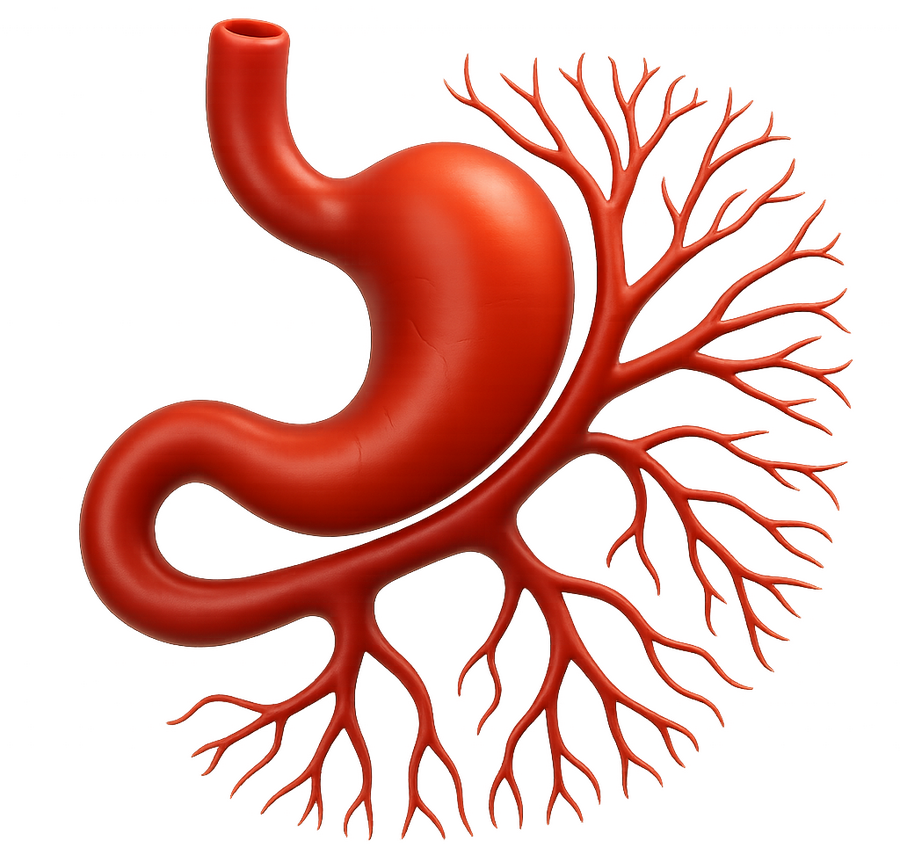
Distribution
Location: Bloodstream → Organs
The drug molecules travel through your circulatory system, targeting specific tissues like the brain, heart, or liver.Key Insight: Only a fraction reaches the desired site the rest may bind to proteins or be metabolized early.

Metabolism
Location: Primarily the Liver
The body begins breaking the drug down.
Enzymes (like CYP450) transform it into usable or excretable forms.Some people metabolize drugs faster or slower due to genetic variations.
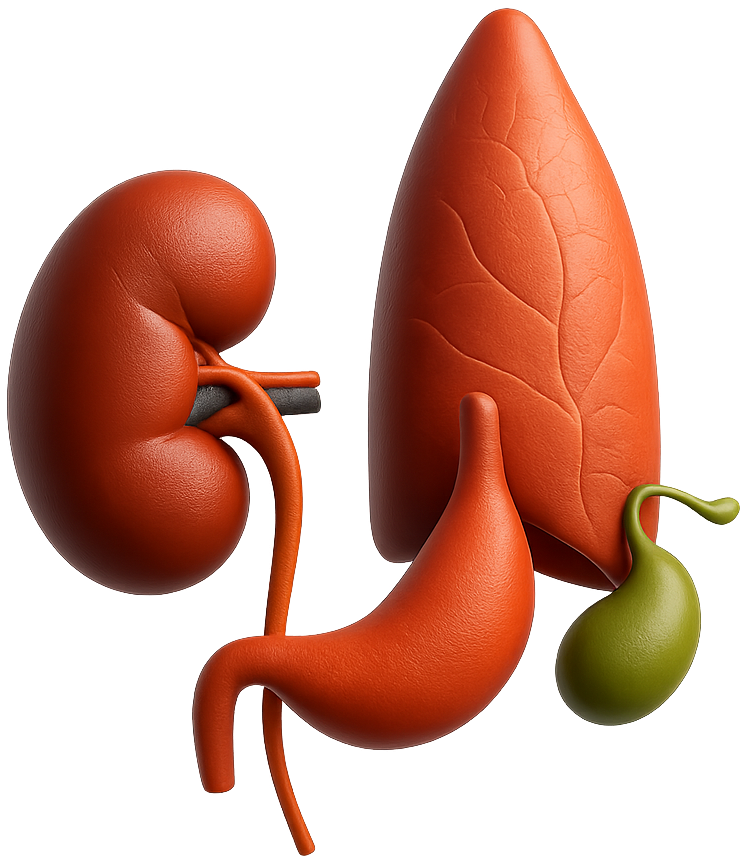
Excretion
Location: Kidneys, Bile, Lungs
What the body doesn’t need is eliminated via urine, feces, sweat, or even breath.This step determines how long the drug stays active.
Crossing the Gate: How Drugs Influence the Brain?
After traveling through your body, certain medications cross the brain’s protective barrier the Blood Brain Barrier (BBB) to begin their real mission.
Once inside, they interact with neurotransmitters and receptors, modifying your brain’s chemistry to relieve symptoms or restore balance.
This is where science meets sensation.
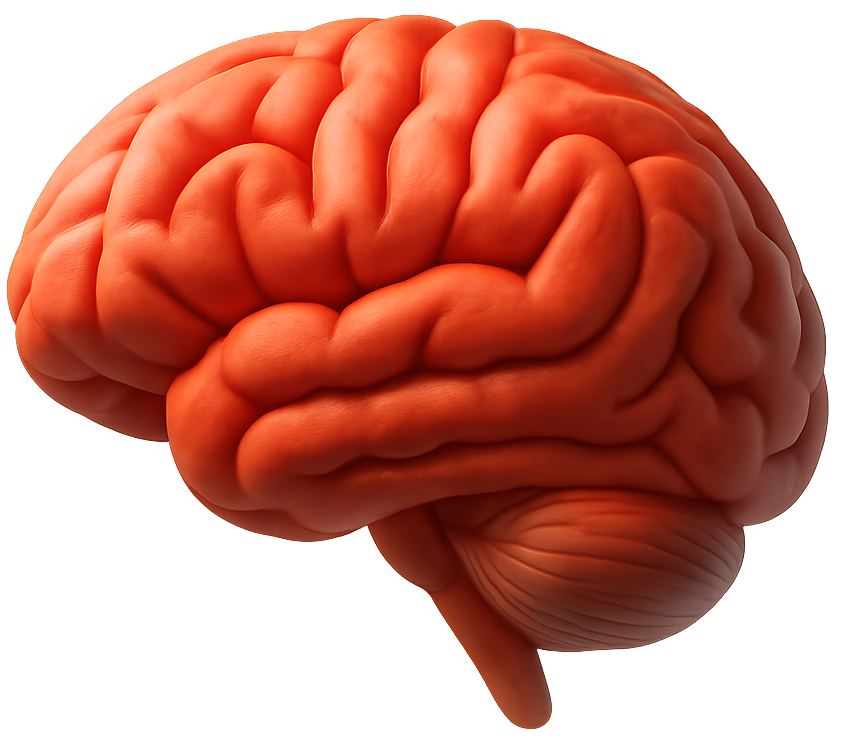
Crossing the Blood Brain Barrier (BBB):
The brain is protected by a selective barrier.
Only specific drugs (usually small, lipophilic, or actively transported) can cross.
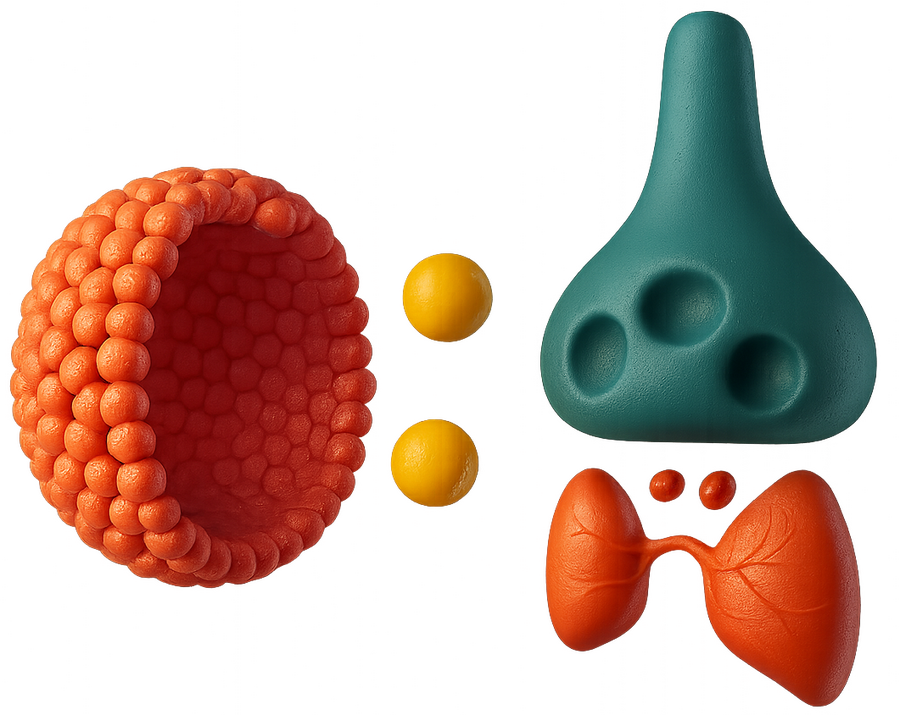
Targeting Neurotransmitters:
Once inside, the drug targets neurotransmitters such as serotonin, dopamine, or GABA, depending on the type of medication.
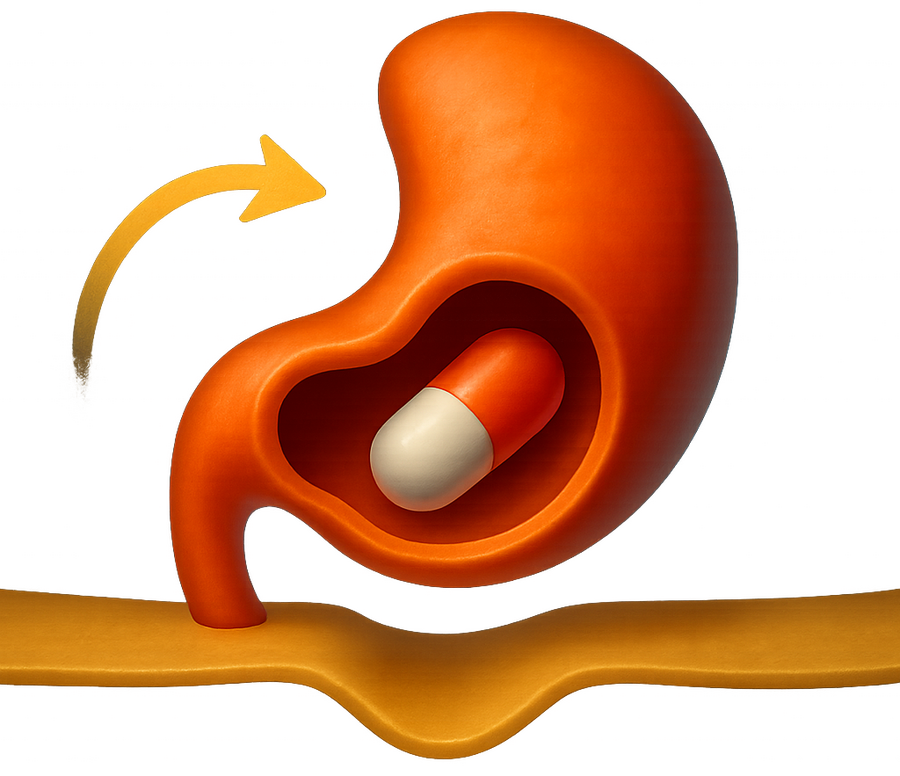
Receptor Binding:
The drug binds to specific receptors acting as either an agonist (activator) or antagonist (blocker).
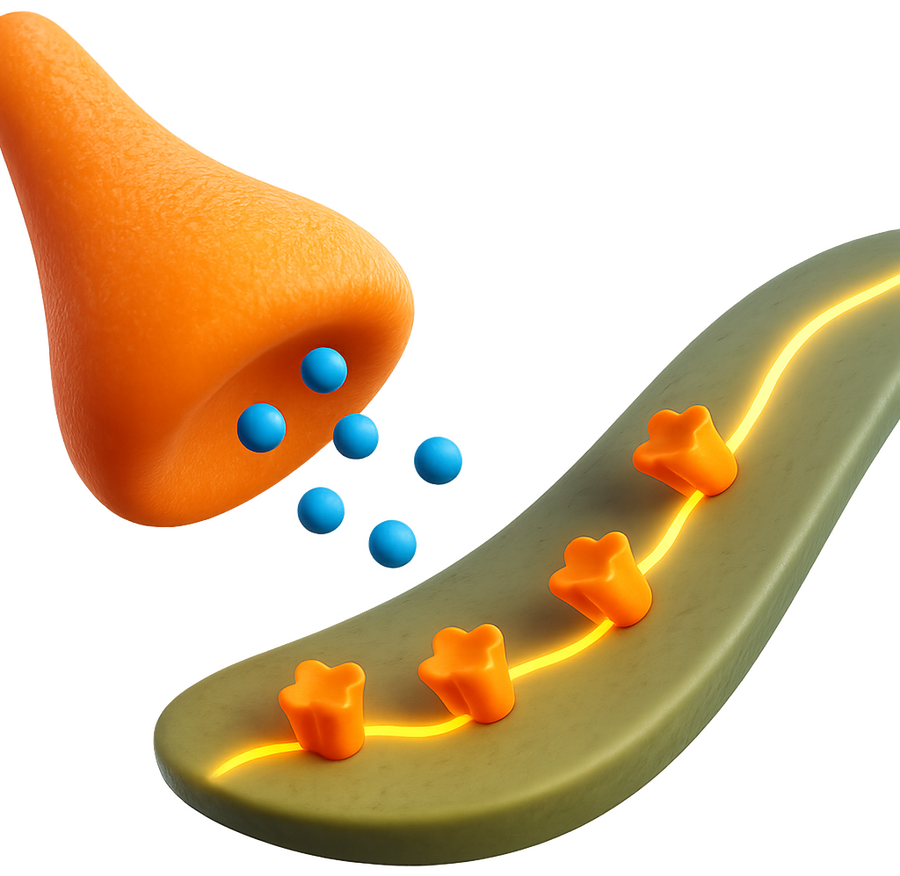
Signal Modulation:
Binding changes the activity of neuronal circuits, either enhancing or inhibiting brain signals.
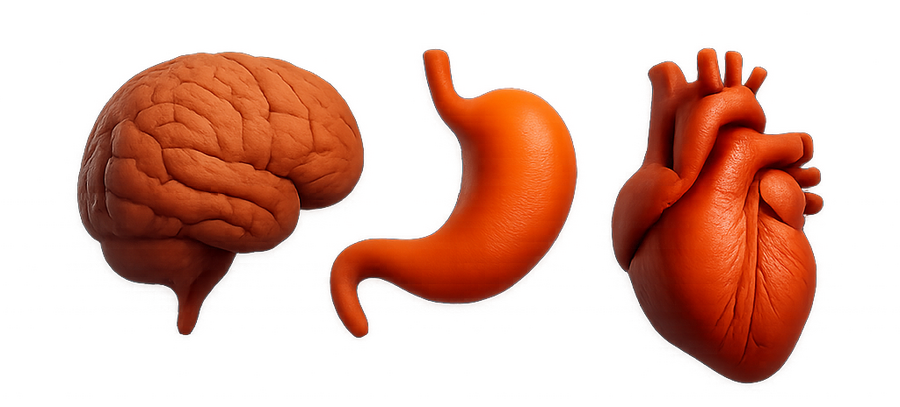
Therapeutic Effect:
These changes can relieve symptoms like pain, anxiety, depression, seizures, or others depending on the drug’s purpose.
Drug Classes in Neurology
The brain is an electrochemical universe, powered by a delicate balance of signals between neurons. When this balance is disrupted by depression, anxiety, seizures, or psychosis drugs become the molecular keys that restore harmony.But not all neurological drugs work the same way.
Each drug class targets a unique pathway, receptor, or transporter designing a different “code” to unlock specific effects in the nervous system.Understanding these classes is the foundation of neuropharmacology:Which pathway? Which receptor? Which result?Let’s explore the core classes that have revolutionized how we treat brain disorders each designed with precision to bind, block, activate, or enhance critical neurochemical routes.
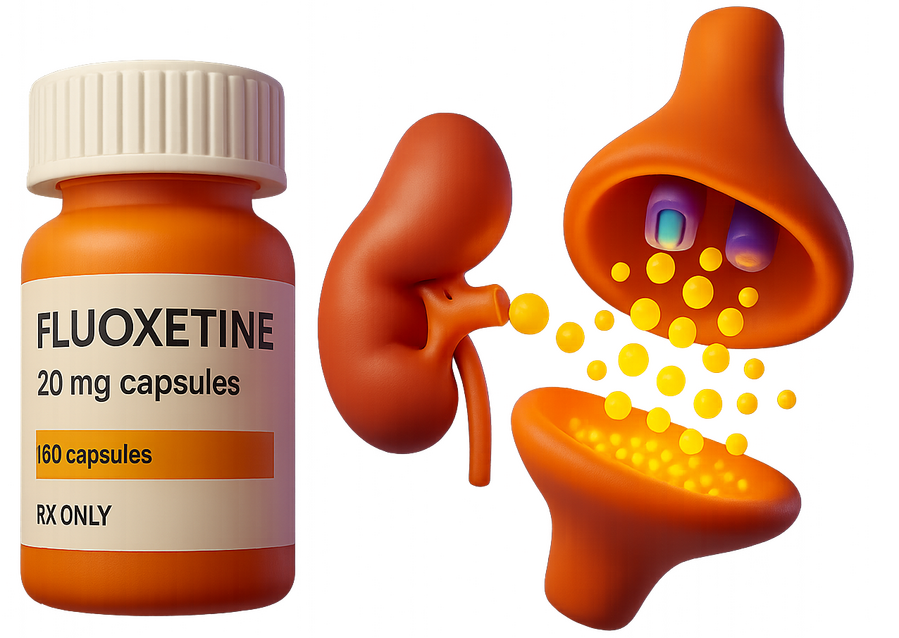
SSRIs - The Mood Architects
(Selective Serotonin Reuptake Inhibitors)
What do they target?SSRIs work by blocking the serotonin transporter (SERT) a protein that reabsorbs serotonin back into the presynaptic neuron.
By inhibiting this transporter, SSRIs increase serotonin levels in the synaptic cleft, enhancing mood regulation.Mechanism of Action (MOA):Think of serotonin as a message of emotional stability. Normally, this message gets retracted too quickly. SSRIs act like a pause button holding serotonin in place longer, allowing the brain to truly “hear” it.The result?
Boosted mood
Improved sleep
Reduced anxietyWhere does it act?Primarily in the limbic system and prefrontal cortex, where serotonin plays a major role in emotion and cognition.
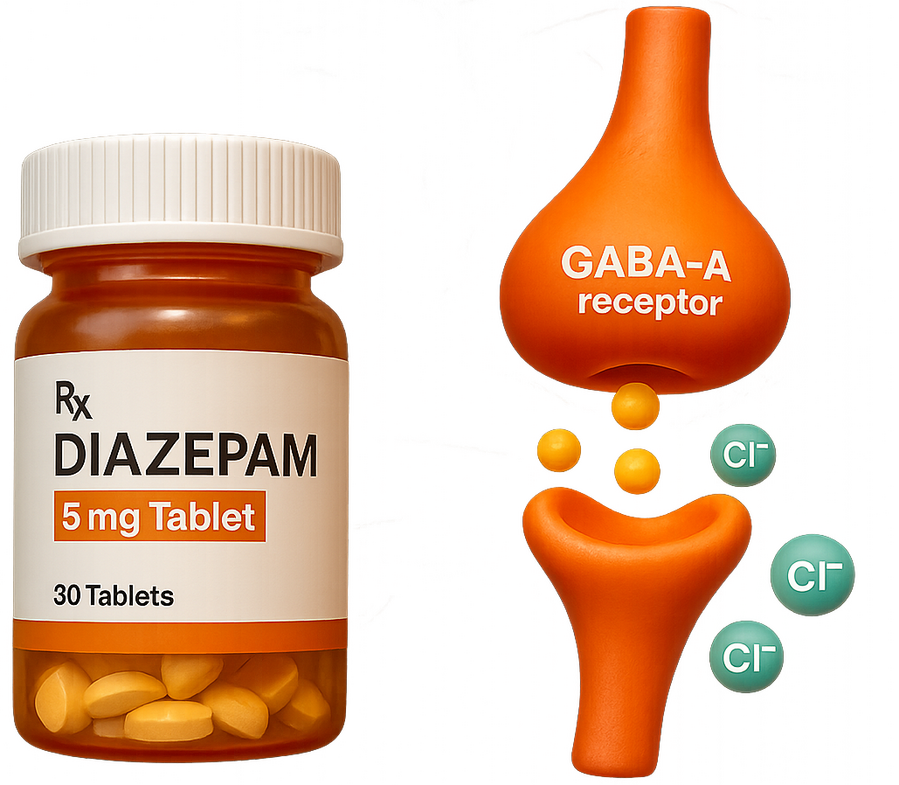
GABA Modulators – The Brain’s Natural Brake System(Benzodiazepines, Z-drugs, and related classes)
What do they target?GABA modulators enhance the action of Gamma Aminobutyric Acid (GABA), the brain’s primary inhibitory neurotransmitter.
They bind to GABA-A receptors, increasing the flow of chloride ions into neurons and making them less likely to fire.Mechanism of Action (MOA):Think of GABA as a “calming whisper” in the brain. These drugs amplify that whisper, turning it into a powerful hush soothing overactive neurons and quieting brain circuits.Benzodiazepines don’t activate the receptor directly but boost GABA’s natural effect, making the neuron more resistant to excitation.The result?
Rapid sedation
Anxiety relief
Seizure control
Muscle relaxation
Induction of sleepWhere does it act?Primarily in the amygdala, cortex, and hippocampus regions responsible for fear, memory, and awareness.
This explains the drugs’ ability to reduce anxiety, cause amnesia, and induce calm.
Not just a website - a vision
This platform isn’t just about how drugs work.
It’s about translating complexity into clarity, turning science into story, and showing that pharmacy is more than prescriptions it’s impact, precision, and purpose.
In a world flooded with information, this space was crafted to spark understanding and ignite curiosity.
Every click, scroll, and visual is a call to rethink how we learn science.Thank you for journeying through the unseen life of medications.
Let’s keep making science speak louder.
Created by Layan Abdalaziz bin Fadli.
Founder of SYNAPTIQ and Pharma Decode a visual project that reimagines how we understand medications.
Fueling curiosity through 3D visuals, clinical storytelling, and digital creativity.Bulit with passion, pixels, and purpose.